Oil on canvas, signed lower right.
82 x 122 cm
YvonneHerzig (1895-1968) - Ethnographic painter and colorist of colonial Algeria
Born in1895 in Tizi-Ouzou, Kabylie, Yvonne Herzig grew up in an artistic environmentmarked by the figure of her father, the painter Édouard Herzig. Attracted todrawing from an early age, she received her initial training at the LycéeDelacroix in Algiers, before entering the École des Beaux-Arts in Algiers,where she studied under Léon Cauvy, an emblematic figure of academicOrientalism.
In 1912, she was awarded a scholarship that enabled her tocontinue her training in Paris, at the Académie Julian, in the studios ofJean-Paul Laurens, Paul Follot and Eugène Grasset.During herstay in Paris, she opened up to illustration and decorative arts, whiledeepening her drawing skills.
Recognized from the 1920s onwards by mentions atthe Salon des artistes français, she developed a personal style, combiningethnographic precision with a taste for traditional materials and motifs. Herview of Algeria is both documented and poetic, and her works, often done ingouache, show great attention to costumes, everyday objects and rural scenes.In 1928,she was awarded the Grand Prix Artistique de l'Algérie, recognizing hercommitment to depicting North African peoples and traditions with respect andfinesse.
In 1933, she married German painter Hans Kleiss, also fascinated bythe landscapes and faces of the Orient. The couple divided their lives betweenAlgeria and Morocco, settling in Sidi Slimane in the early 1950s. Here, Herzigcontinued to paint Moroccan scenes, markets and female figures draped incolorful fabrics, continuing a body of work deeply rooted in the Maghreb.Alongsideher career as a painter, she also worked as a scientific illustrator,collaborating with the Pasteur Institute in Algiers to illustrate scorpionspecies, demonstrating her remarkable naturalistic accuracy. This duality -between the artistic and the scientific, between emotion and observation -characterizes her entire career.
With littleinterest in social circles, she exhibited regularly in Parisian and Algeriansalons, notably at the Salon des artistes orientaux and the 1931 ColonialExhibition. Her works found their way into public collections, notably museumsin Algiers, Oran and Constantine.
YvonneHerzig died in 1968 in Mougins, in the south of France. Her work, at thecrossroads of decorative art, orientalism and ethnography, offers a preciousmemory - albeit filtered through the colonial prism - of Berber and Arabcultures in North Africa in the 20th century.
Discover more works by this artist on the gallery's website: https://www.galeriepentcheff.fr/fr/yvonne-herzig-les-aras-8206




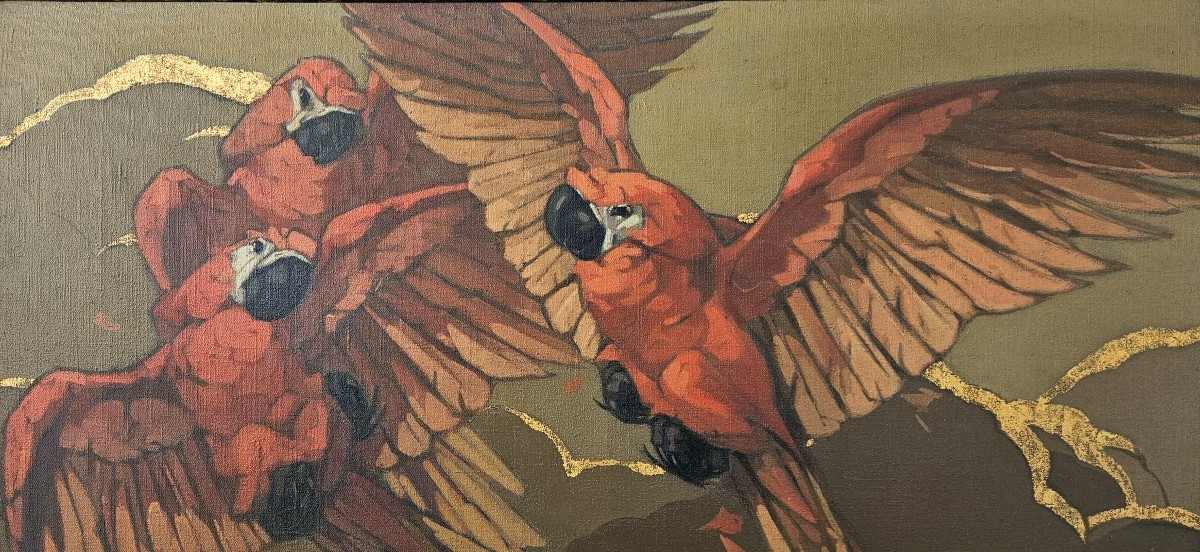
















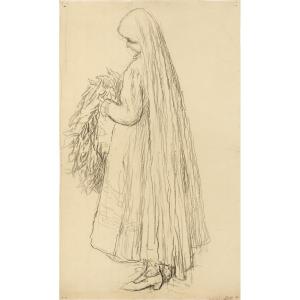


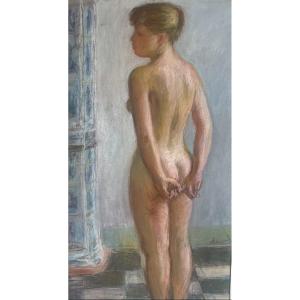
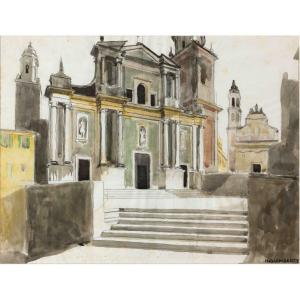
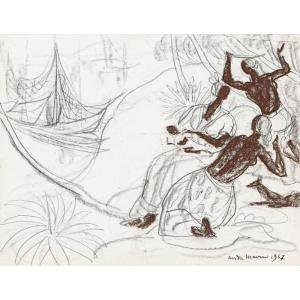






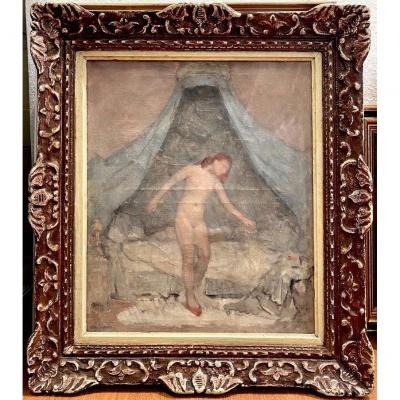




 Le Magazine de PROANTIC
Le Magazine de PROANTIC TRÉSORS Magazine
TRÉSORS Magazine Rivista Artiquariato
Rivista Artiquariato